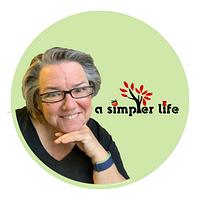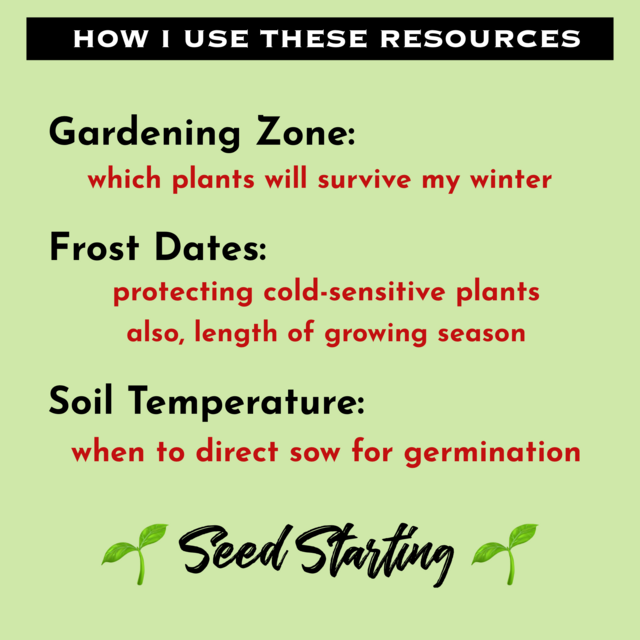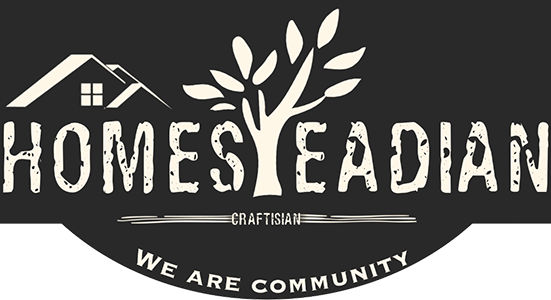Share your homesteading projects
Make new homesteading friends
Ask homesteading questions
Blog your homesteading journey

Debbie Pribele
439 posts
and
18 followers
in over 2 years
in over 2 years
2024 Garden Season #4: How I use “zones”
This is
part 4
in a
20 part
series:
2024 Garden Season
Gardening zones have changed.
What’s a gardening zone? It’s an average (based on recent years) indication of how cold my winters will be or could be.
Why does that matter? For the most part, it doesn’t, as I rarely garden in the winter here in Ontario Canada.
However, if I want to grow something as a perennial, then the lower winter temperatures are definitely worth knowing! It can save me a lot of heartache and wasted time, money, and energy.
How I use it: if I want to grow something as a perennial, something that will grow in my gardens year after year, I look to see what zone it is hardy in.
I am a zone 5. So I’m pretty confident that I can grow things that are hardy for zone 5 and colder (ex. Zone 3).
Anything designated as hardy for zone 6 or 7, I can try it but it might be risky and I can decide whether I want to chance it, hope for a warm winter, or take the time to add winter protection against the cold and winter elements.
Zones 8 and higher? Well, that will take heated greenhouses or some other adaptive strategy. I’m too lazy for all of this, so I just avoid anything zone 7 or more.
Why does that matter? For the most part, it doesn’t, as I rarely garden in the winter here in Ontario Canada.
However, if I want to grow something as a perennial, then the lower winter temperatures are definitely worth knowing! It can save me a lot of heartache and wasted time, money, and energy.
How I use it: if I want to grow something as a perennial, something that will grow in my gardens year after year, I look to see what zone it is hardy in.
I am a zone 5. So I’m pretty confident that I can grow things that are hardy for zone 5 and colder (ex. Zone 3).
Anything designated as hardy for zone 6 or 7, I can try it but it might be risky and I can decide whether I want to chance it, hope for a warm winter, or take the time to add winter protection against the cold and winter elements.
Zones 8 and higher? Well, that will take heated greenhouses or some other adaptive strategy. I’m too lazy for all of this, so I just avoid anything zone 7 or more.
What about frost dates?
Now, frost dates are FAR more important to my gardening efforts.
When is the last predicted frost in the spring? This will determine when I can put cold-sensitive plants into my garden and that determines when I should start seeds indoors to have them happy and healthy and ready for the transition from indoors to outdoors.
When is the first predicted frost in the fall? Starting in late summer, I start watching the 10-day forecast in order to be ready for the end of the season.
If a frost is predicted, it is time to either harvest everything that I can, use protective coverings on my plants, or just mentally be prepared for that last fresh tomato of the year.
When is the last predicted frost in the spring? This will determine when I can put cold-sensitive plants into my garden and that determines when I should start seeds indoors to have them happy and healthy and ready for the transition from indoors to outdoors.
When is the first predicted frost in the fall? Starting in late summer, I start watching the 10-day forecast in order to be ready for the end of the season.
If a frost is predicted, it is time to either harvest everything that I can, use protective coverings on my plants, or just mentally be prepared for that last fresh tomato of the year.
The frost dates: remember that they are “average”, they are predicted, and are not a “for sure date”. Be prepared; be flexible; and be observant.
Growing season: the two frost dates also give me an idea of how long of a growing season that I have.
For me, it’s about 130 days. This gives me a lot of information: what I can grow; when I should plant things; what I can plant more than once in a season.

What about soil temperature?
Now that is a new discovery for me and is very important in the spring.
Why? Well, in the spring, I am “itching” to get things growing. I don’t want to have to wait for that last frost to pass, especially since we have so many gorgeously warm days throughout the spring.
Cold-Hardy Plants: plants such as peas and cabbage are cold hardy and can take some pretty cold temperatures and even some frost. However, to germinate, the seeds need to be warm and cozy.
Peas, for example, need a soil temperature of 50 degrees Fahrenheit or higher. Therefore, I can plant them during a warm period and once they get a couple of inches high, the plants can tolerate any cold spells we get.
Or .. I can start some seeds indoors, in the warmth, and wait for a warm spell to transplant them outdoors. Once established, they will be ready for some cold nights - or I can help them out with some frost cloths or other protection strategies.
Knowledge is power and there are a lot of helpful resources available to us, put together by the government and many gardening and farming services.
Find it; read it; use it; experiment with it; and, then, develop your own knowledge for your area, for your gardens!
Happy gardening,
- Debbie
Why? Well, in the spring, I am “itching” to get things growing. I don’t want to have to wait for that last frost to pass, especially since we have so many gorgeously warm days throughout the spring.
Cold-Hardy Plants: plants such as peas and cabbage are cold hardy and can take some pretty cold temperatures and even some frost. However, to germinate, the seeds need to be warm and cozy.
Peas, for example, need a soil temperature of 50 degrees Fahrenheit or higher. Therefore, I can plant them during a warm period and once they get a couple of inches high, the plants can tolerate any cold spells we get.
Or .. I can start some seeds indoors, in the warmth, and wait for a warm spell to transplant them outdoors. Once established, they will be ready for some cold nights - or I can help them out with some frost cloths or other protection strategies.
Knowledge is power and there are a lot of helpful resources available to us, put together by the government and many gardening and farming services.
Find it; read it; use it; experiment with it; and, then, develop your own knowledge for your area, for your gardens!
Happy gardening,
- Debbie
a simpler life
